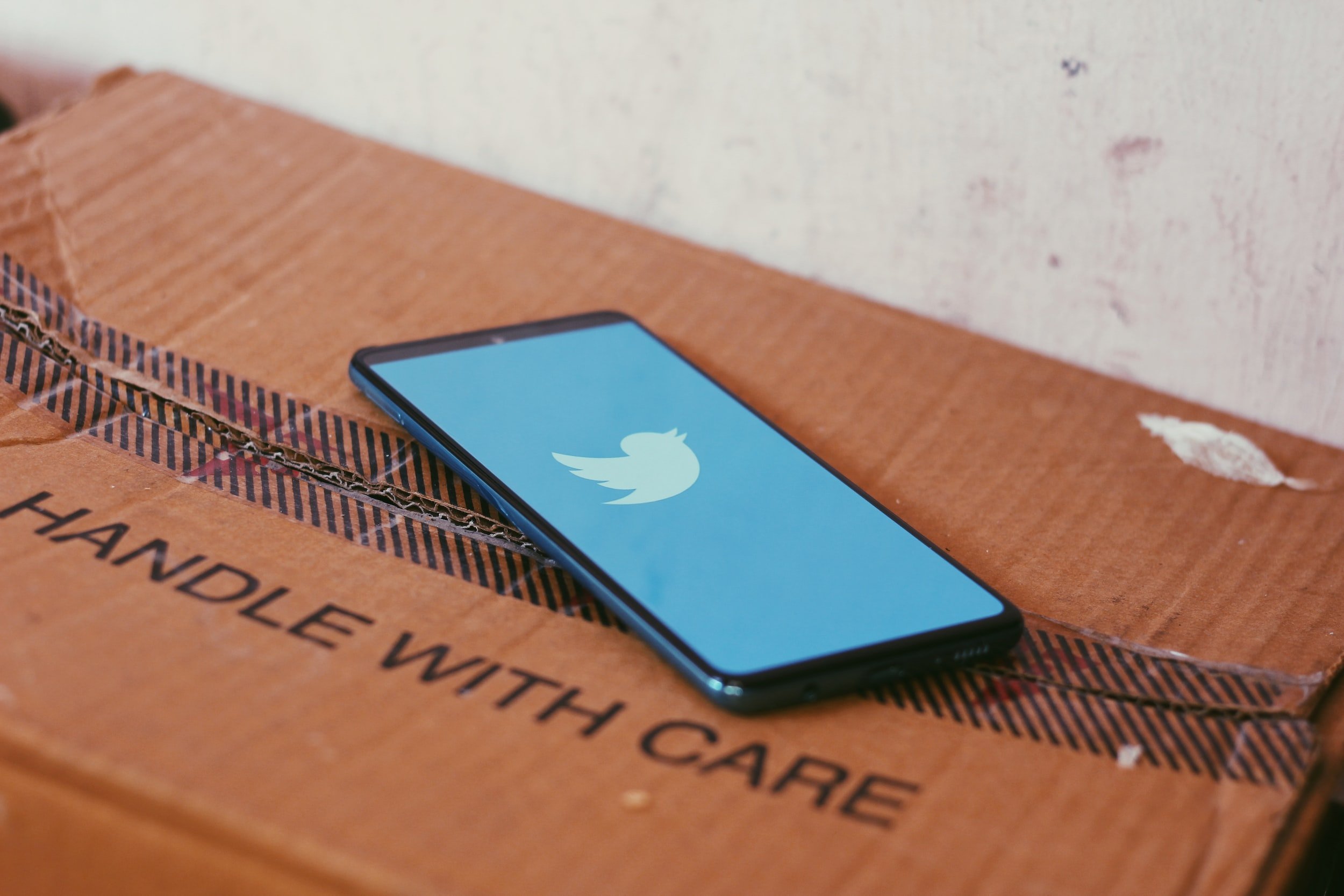Thinspiration: Social Media & Eating Disorders
Most of us have something that we dislike about our physical appearance—our nose, a flabby stomach, the list goes on. While it would be lovely for us to indulge in some body positivity and accept our bodies for what they are, more often than not, we fail in doing so. We become fixated upon these tiny “flaws” and spent innumerable hours a day thinking of ways to conceal or hide them. Body Dysmorphic Disorder (BDD) is a very common affliction affecting an equal distribution of men and women.
A sense of acceptance is involved in having a positive body image. There is a very wide range of what one can consider “beautiful” and find value in. A positive body image involves a stable and positive view of yourself and a sense of kindness with which you treat yourself. On the opposite end of the spectrum, however, is an image that involves embarrassment, judgement and shame about the way that one looks. A lack of confidence and acceptance leads to a distorted view of oneself and this usually come with exposure to cultural beauty standards. And what with the world spending more time online, social media seems to be amplifying this.
Eating disorders have been on the rise over the course of the pandemic. Time and time again, it has been well established that mass media plays an imperative role in communicating beauty ideals. One such ideal that refers to content and imagery encouraging and idealising excessively thin bodies is known as “Thinspiration”. More specifically, Thinspiration refers to content on social media that inspires and encourages users to be thin--a state typically achieved by unhealthy weight control behaviours.
Today, thinspiration has been receiving considerable attention due to its content being termed as one that contributes to the onset of eating disorders. Eating disorders are life-threatening conditions that require as much medical attention as do other medically-diagnosed illnesses. Thinspiration has traditionally always been associated with the pro-eating disorder community. They are a community that identifies eating disorders to be a lifestyle rather than an illness. In recent times, however, there has been a shift in this perception, partly owing to the fact that this mindset has subconsciously infiltrated the lifestyles of everyday social media users. Active propagators of the ideal thin body type encourage and glorify calorie-deficient diets, and excessive exercise and even provide emotional validation to individuals struggling to stick with their thinness-oriented behaviours.
The beauty ideal of thinness is most commonly associated with femininity and its mass communication has resulted in the creation of a very unrealistic structure of feminine beauty. Research shows that this has more often than not resulted in extreme body dissatisfaction in adolescent girls who then resort to unhealthy behaviours such as binge eating, eating disorders symptomatology and eventually low self-esteem. While eating disorders are more commonly associated with the feminine beauty standard of thinness, the prevalence of these disorders is just as common in males but is less acknowledged. This often prevents them from seeking help and eventually puts their lives at risk.
In males, the focus is more on muscularity and leanness than on thinness and weight. Research shows that more than 90% of adolescent males exercise to up their appearance and some even go as far as using appearance and performance-enhancing steroids. The male pathological desire to increase muscle mass is essentially the opposite of anorexia—"reverse anorexia” or as it is more aptly termed, “Muscle Dysmorphia”. While exercising is imperative to building a healthy lifestyle, anything in excess is harmful and this obsession eventually leads to Body Dysmorphic Disorder (BDD).
Logging onto your social media and seeing your feed full of “perfect people” with “perfect bodies” can lead to viewing oneself as inadequate. Simply logging off is not a fix or solution. Social media makes it hard for one to differentiate between what is and what isn’t. Somewhere these blurred lines can lead to serious medical and mental health issues. Eating disorders such as anorexia, bulimia, orthorexia, or social anxiety due to body image issues, the list never ends.
Being mindful of our social media engagement and helping create a safe environment is extremely important. Often times we scroll through social media as a reflex. It is helpful if we consider our intentions when we are doing so. Being mindful of the content we interact with and curating for ourselves a positive algorithm is advantageous to our own health. But most importantly, be understanding and kind towards yourself. Body acceptance is a lifelong journey and being loving and compassionate towards yourself is an imperative aspect of it.
If you seem to be able to tick off any of the mental or physical states mentioned or if someone in your vicinity does, please do reach out for help. There are online resources available such as the SCOFF test as well as multiple helplines.
-Vansha Chawla & Rijul Arora

